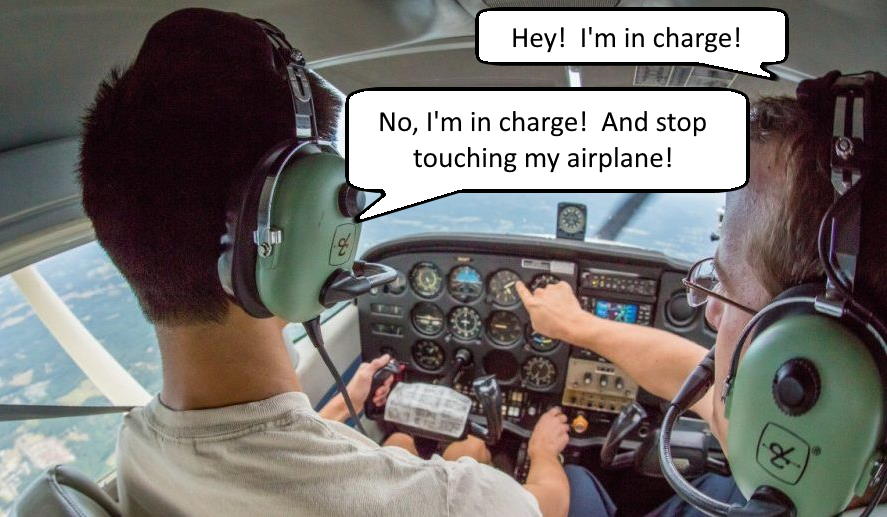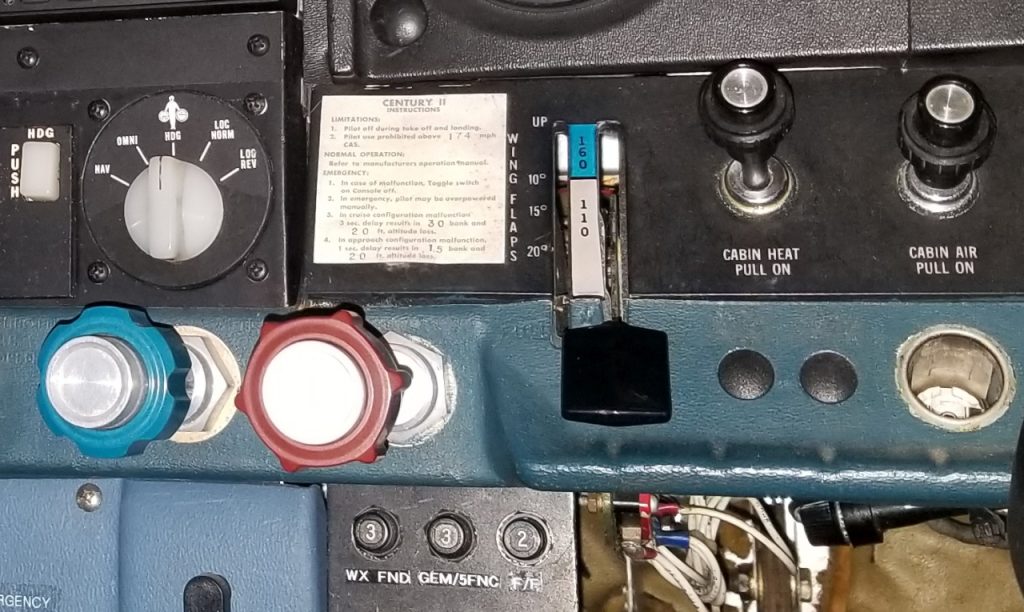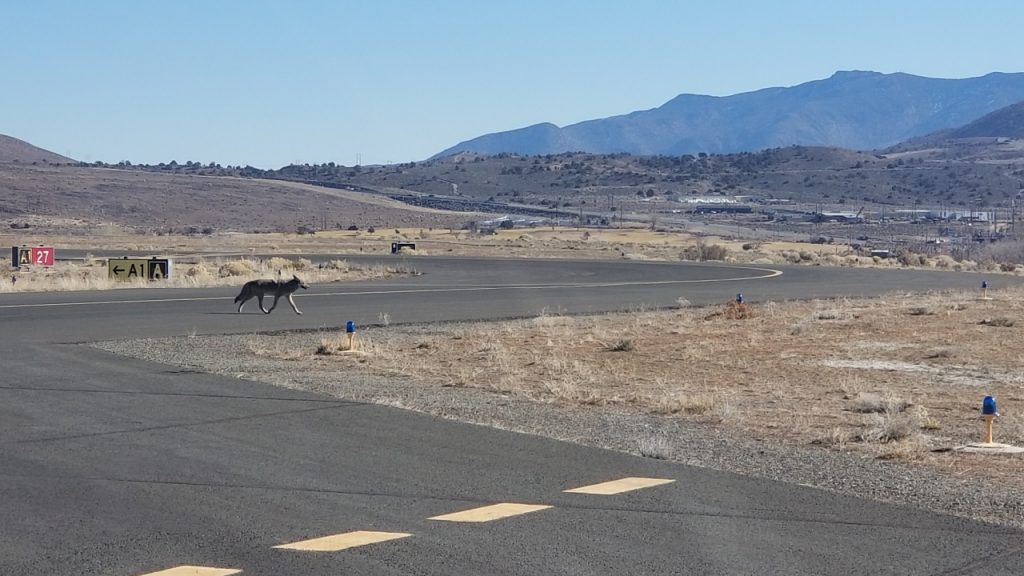Before a flight begins, more importantly before the engine(s) start, there are a number of items that need to be addressed not only by rule, but also for safety’s sake and good sense.
First is to declare who will be Pilot In Command of the flight. Someone (i.e. a rated pilot) is required to be in charge and taking responsibility for the flight and it can’t be a random passenger. In addition, when there are two pilots (or more dangerously, two CFIs) at the controls there needs to be a clear understanding of who is calling the shots.

After that, the acronym S-A-F-E-T-Y allows the PIC to cover major points of safety (conveniently enough) that everyone in the airplane needs to be made aware of and also covers items the PIC is required to make before the flight begins. Note that this is not the same as a departure briefing which is typically made just prior to takeoff and is another topic entirely.
S – There are normally three ‘S’s. First is to brief passengers on how to use and ensure the security of safety belts and shoulder harnesses. Second is to point out that there should be/will be no smoking on the airplane, usually while pointing to a ‘No Smoking’ sign. While there is no regulation prohibiting it in General Aviation, think of the smell, smoke, increased risk of hypoxia and potential deadly distraction from a dropped cigarette. Hopefully the airplane is new enough that you don’t have to explain why there are still ashtrays by the seats when you make this declaration, but I like to call the old lighter port “the new USB charger port.” Third, while pointing at that sign also point out that everyone is required to obey all other signage and placards posted in the airplane (e.g. “Spins Prohibited”, “Maneuvering Speed”, etc.).
A – Air vents and controls. Point out the various air vents around the airplane including the cabin heat, cabin vent, defrost and (if equipped) air conditioning controls and how they operate (push/pull/twist). Also tell them NOT to touch other controls that may look similar and be in close proximity (e.g. mixture control).

F – The fire extinguisher. They are not required in General Aviation (unless required in the AFM/POH Equipment List), but there should be one onboard. Point out the location of the fire extinguisher and declare whose responsibility it will be to fly the airplane and who will be fighting the fire. It is also a good idea to discuss that the extinguisher is probably (check to make sure) a Halon type and not the same ABC chemical type as you will typically find under the average kitchen sink (think “instant IFR” as the windshield is coated in white powder). Which means it will displace the breathable air with Halon gas to extinguish flames and all occupants should be told to hold their breath before deployment.
E – Exiting the airplane, emergency landings and emergency equipment (if any). Discuss location of all exits, how the doors operate, emergency release pins – if any, and should there be a forced landing the doors will be cracked opened prior to touchdown. If someone thinks shoving something in the door crack to keep the door open is a good idea (it isn’t) – just watch this video. After touchdown everyone should exit and meet 50 meters (150 feet) behind the airplane. Make everyone aware of any emergency or survival equipment and assign someone to retrieve it after an emergency landing. Oxygen systems and flights over water require more briefing points and can be included here.
T – There are two important talking rules in aviation. The first is the ‘Sterile Cockpit Rule‘ which, while specifically aimed at commercial operators, has considerable benefits for General Aviation pilots in the busy terminal environment and should be summed up simply as, “no unnecessary talking during taxi, takeoff and landing, but if you see something safety related – call it out.” The second is the Positive Three-Way Exchange of Controls. This procedure ensures that everyone knows who is flying the airplane at any given moment and does not contribute to confusion and an event such as the one linked to here.

Y – Your questions? Simple enough. This is the time to clear up any confusion and ensure everyone is comfortable with the information just provided by the PIC. Don’t let the flight continue if your passengers look puzzled.
There’s nothing that says you can’t print out a shortened version of this and keep it on your kneeboard. And after you’ve repeated it a few hundred times you won’t need the cheat sheet. 🙂
